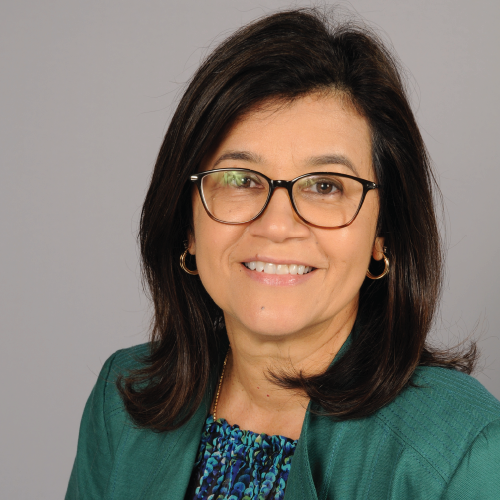Cultivating Our Future Leadership
May 01, 2024
President's Corner
Take a fresh look at who’s leading the school systems in your state. How many superintendents began their tenure after 2020? How many superintendents of color are there in your state? How many school systems are led by women?
Within my educational service agency in upstate New York, 12 of our 22 districts, or 54.5 percent, lost a superintendent between 2019-20 and 2023-24, and five of the districts saw the exit of two or more superintendents. Four districts had three or more superintendents during the short timeframe.
Recent research from The Superintendent Lab at the University of Tennessee, Knoxville, indicates that superintendents left more than 40 percent of school districts nationally between 2019-20 and 2023-24. Moreover, almost 8 percent of districts saw two or more superintendents depart during that time.
As we emerged from the pandemic, along with learning loss, mental health concerns and lack of predictable funding, superintendent turnover became one of the top crises in public education. The need for diverse and visionary leadership never has been more acute, yet school district leadership remains strikingly homogenous.
Research conducted by ILO Group found not only are superintendent positions turning over more often — nearly half of our nation’s 500 largest districts had a superintendent change during the pandemic — but women and minorities continue to be underrepresented in the superintendency. Only 152 of these largest districts were led by women.
Given the increasing demand for superintendents amidst unprecedented turnover, these statistics should be worrisome to us all. The lack of consistency in leadership can weaken our education systems, leading to low morale, lost institutional knowledge, decreased achievement and staff turnover.
Some school boards, in the hope of attracting talent, are raising salaries. However, this action can entice experienced superintendents in smaller districts to leave for higher salaries in larger districts and boards to hire individuals with little to no superintendent experience at a salary higher than that of their predecessor.
Applications to fill the roles of teachers, administrators and superintendents have been diminishing as those roles have become more challenging, politicized and scrutinized. Our work in the classrooms and boardrooms, however, has become more important than ever before. It’s also more rewarding when we focus on our mission and outcomes rather than on the headlines, social media or noise.
We must increase the numbers, diversify the pool, and prepare the next generation of superintendents who will lead our districts and this association in the years to come.
I challenge all AASA members to find and nurture our future administrators and superintendents. Invite them to participate in leadership opportunities. Mentor their growth and development. The power of 13,000 members tapping and supporting aspiring leaders, including those underrepresented in our roles, can have a seismic effect on our profession moving forward.
Give back to our profession by being active in AASA and in your state chapters. Share your experiences and wisdom as part of #SuptChat, AASA leadership cohorts and local administrative programs or by volunteering to mentor someone — whether aspiring or new to the profession.
Transforming the leadership landscape is a long-term commitment, but the benefits are undeniable. By broadening the field and nurturing the talents of women and people of color, we will enrich our communities with diverse perspectives and construct larger candidate pools.
It is time to shed the monocle of traditional leadership and embrace the vibrant kaleidoscope of talent that awaits. The success of the public education system hangs in the balance. The time to act is now.
Gladys Cruz is AASA president in 2023-24.
Author
Advertisement
Advertisement
Advertisement
Advertisement




